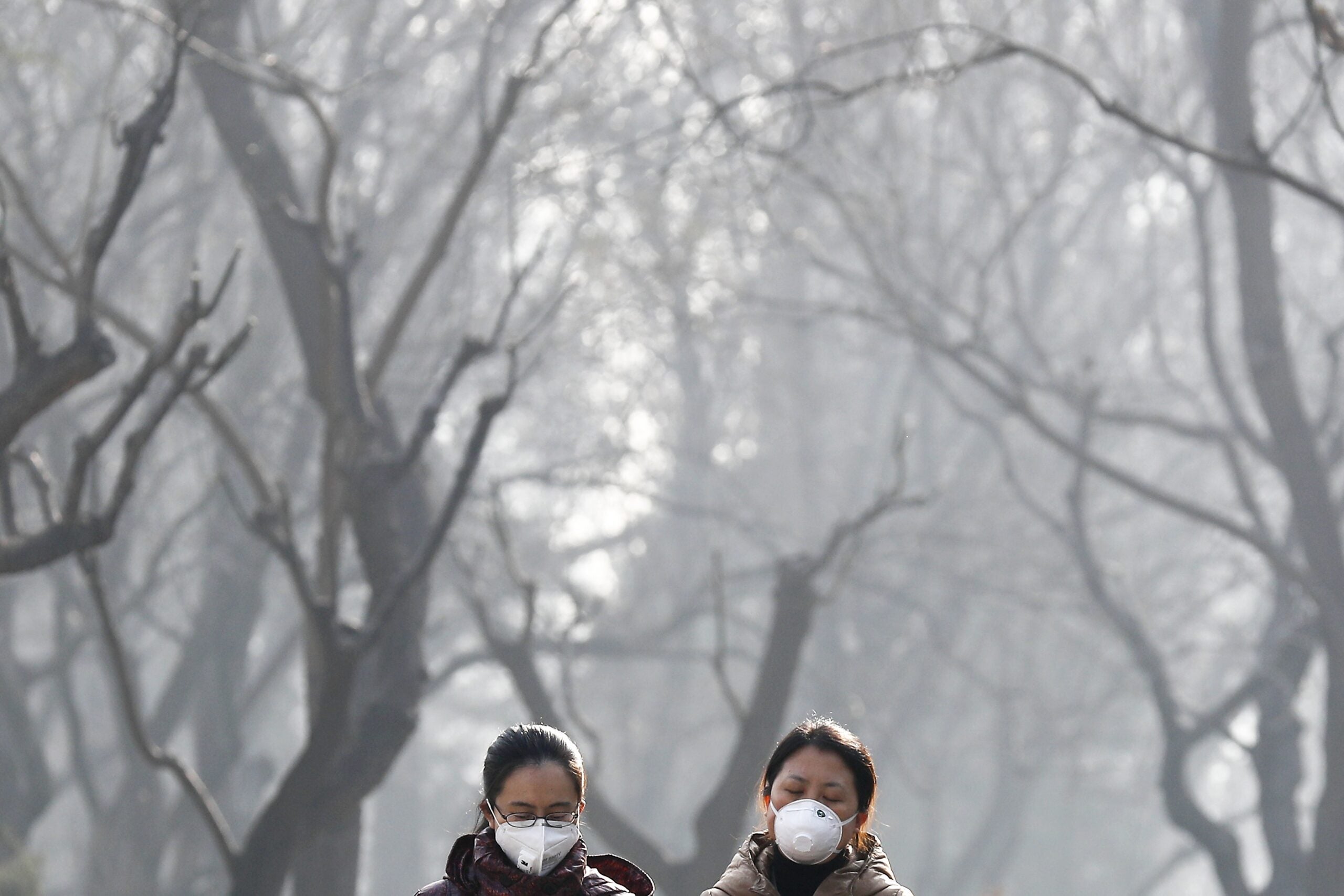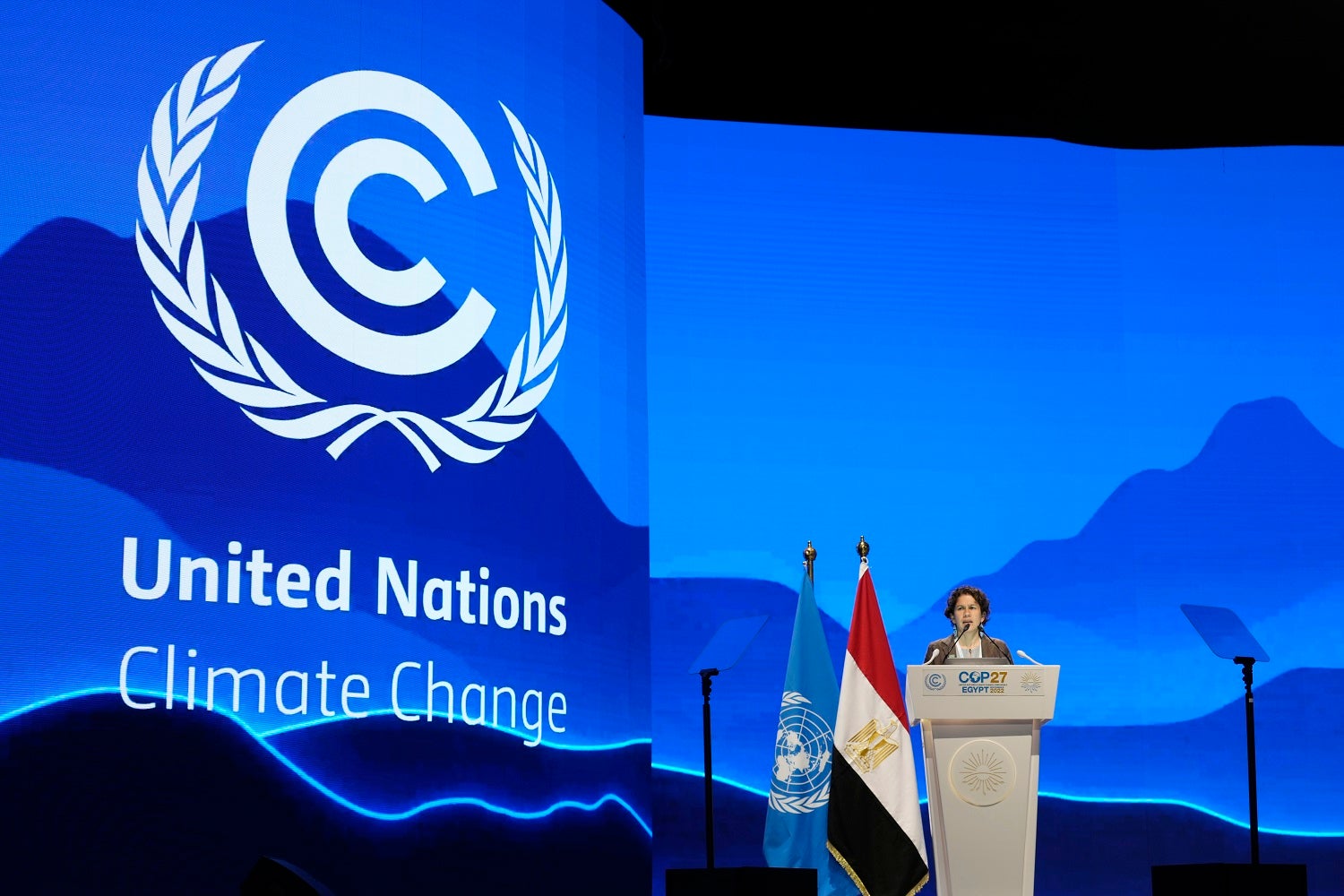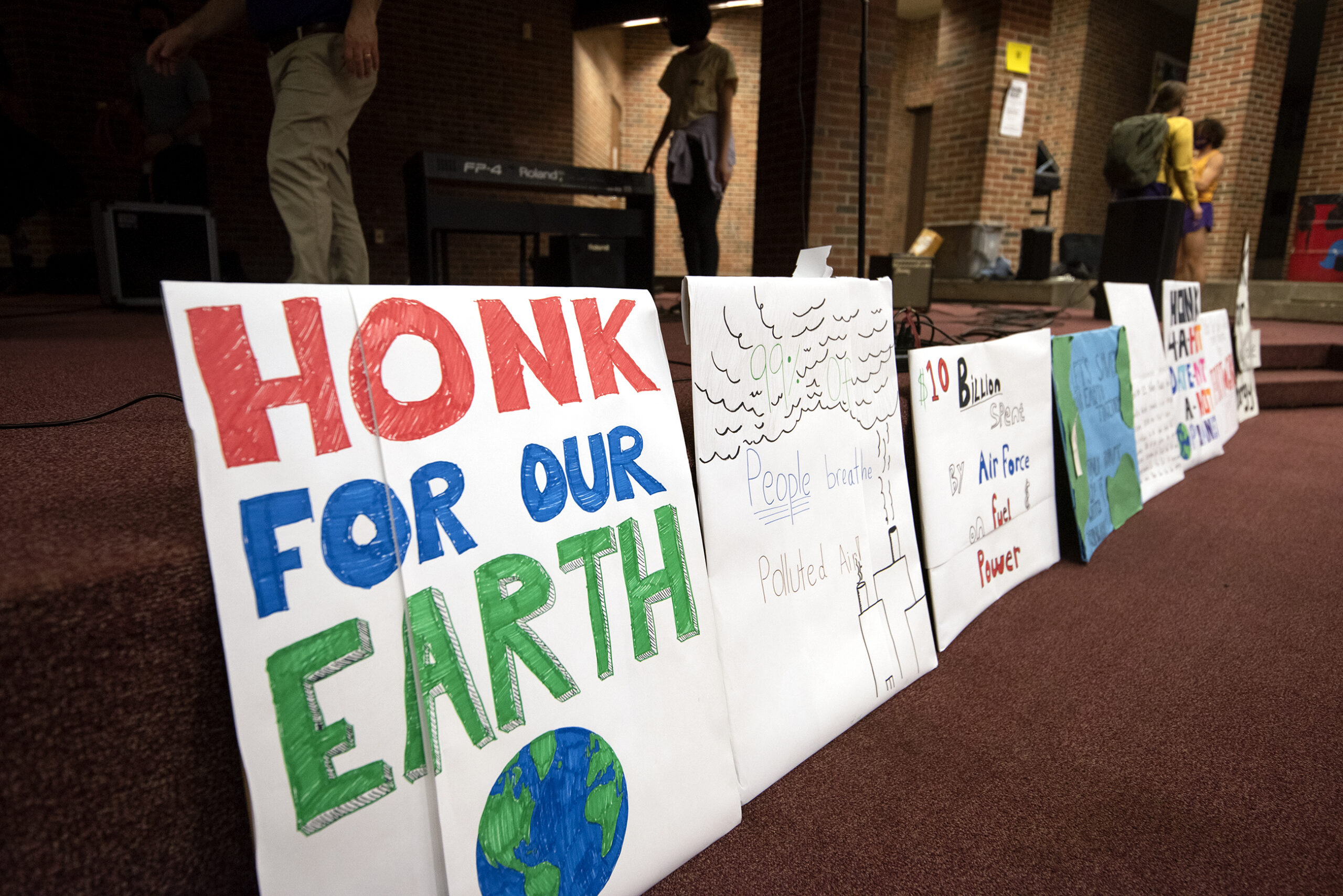There’s no longer novelty in sending a text message to someone across the world, but some people are still finding joy in hearing from someone on the other side of the globe. We talk to two guests who are experts in the art of ham radio. We also discuss how our changing climate will negatively impact global health.
Featured in this Show
-
Even In The Internet Era, People Go Ham Over Amateur Radio
Patrick Moretti had been camping with his family on Cape Cod in late fall several decades ago when a flash darted across the sky.
Responding to his kids’ questions about what it could be, Moretti guessed it was the Columbia space shuttle. Being an amateur, or ham, radio operator, Moretti put a call out to the astronauts aboard.
He got a response from W5LFL, the first amateur radio station in space.
“We had a very short conversation,” he said of communicating with astronaut Owen Garriott. “He was pretty well gone by the time we actually established contact, but what I can say about that is my kids’ eyes were wide open.”
Whether being used to connect ham operators in space and on earth or serving as communication methods in disaster zones, ham radios still have a role to play, said Moretti, the Wisconsin section manager for the American Radio Relay League, with a call sign KA1RB.
Ham radios use frequencies that aren’t being used by FM or AM stations and that are set aside by the Federal Communications Commission (FCC) for ham radio use. There are more than 1,700 licensed ham radio operators in Wisconsin who are members of the American Radio Relay League, Moretti said, and many more operators across the nation.

Glenn Baxter, manager of the International Amateur Radio Network, answers the phone while manning his ham radio from a small building nest to his home in Belgrade Lakes, Maine, Sept. 20, 1989. With 2,000 members in 45 countries, Baxter’s network helps disaster victims obtain emergency aid and contact worried relatives. Herb Swanson/AP PhotoA ham radio operator needs a power source, an antenna, a transmitter and a receiver and then can establish communications worldwide. That comes in handy during disasters, where cell phone towers, phone lines and the internet might be unusable.
But it’s not something you can just plug in and start using, said Mike Johnson, president of the West Alice Radio Amateur Club, whose call sign is WO9B.
“It takes a fair amount of work,” he said. “It’s casting your bait into the pond, and sometimes you get a hit and sometimes you don’t.”
In order to use a ham radio, operators need to be licensed. Such licenses need to be renewed every 10 years, and there are three different classes of licenses — technician, general and extra. Technician licenses are entry level and to earn one requires passing a 35-question exam on radio theory, regulations and operations. This license gives clearance for operators to communicate with operators mostly across North America.
General licenses are given to those who pass the technician exam as well as a written exam, and allows operators to communicate worldwide.

George Spindler, left, and Arthur Monsees, California amateur radio operators, try to establish contact with Amelia Earhart, July 13, 1937. The boys claimed to have received a signal, as yet unverified. GM/AP PhotoAmateur extra licenses require passing all previous exams and a 50-question test.
Generally, the FCC restricts ham radio operators from broadcasting out and requires them to make contact with individual operators or groups.
The tradeoff is worth it to be able to connect with strangers, the operators agreed. For example, Johnson once conversed with a Swede who was convinced the United States had gotten rid of Idaho.
“That kind of typifies the experiences that one bumps into being a ham radio operator,” Johnson said. “It’s a lot of fun.”
-
Ham Radio Enthusiasts Dot Wisconsin
Talking to a stranger halfway across the world isn’t something to brag about — all you have to do is open up Twitter. But what if you didn’t have the internet? Our guests are experts in the art of ham radio. They talk about why they still love radio and give us a glimpse into the world of amateur radio operators.
-
Why Climate Change Is A Major Public Health Issue
Climate change has major consequences for public health. According to the 2015 Global Burden of Disease Report, air pollution causes approximately 7 million premature deaths per year. Our guest was a lead author for the United Nations Intergovernmental Panel on Climate Change for over a decade. He explains the connection between climate change and human health.
Episode Credits
- Kate Archer Kent Host
- Colleen Leahy Producer
- Mike Johnson Guest
- Patrick Moretti Guest
- Dr. Jonathan Patz Guest
Wisconsin Public Radio, © Copyright 2024, Board of Regents of the University of Wisconsin System and Wisconsin Educational Communications Board.



